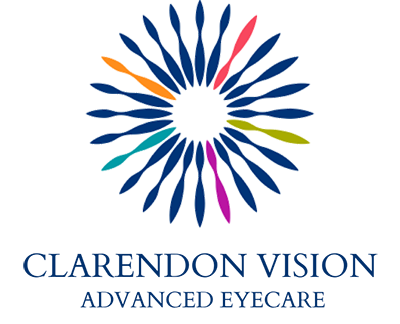When Back-to-School means Back-to-Screens
As the big yellow school bus comes to swallow up children after summer break, parents often heave a sigh of relief at the return to a predictable schedule and routine. They may even welcome the transition because in the waning days of summer they find their rules about technology use at home have slackened to the point where the kids have been spending what seems like all day glued to screens.
But what happens when children return to school and it’s more screen time? What should parents do to help their children manage their time in front of glowing screens? And how can parents balance reasonable screen limits at home when an increasing amount of schoolwork is done via tablet or computer?
The use of technology as a tool for school children is evolving. Many schools have begun distributing laptop computers or tablets in a 1:1 ratio of computer/tablet to child. Others provide computer or tablet carts in the classroom so teachers can assign work online. While this puts a powerful learning tool in the hands of children, it also increases the opportunity for children’s exposure to the harmful blue light https://science-edu.larc.nasa.gov/EDDOCS/Wavelengths_for_Colors.html emitted from backlit screens like laptops and most tablets.
It’s not that the screens are harmful on their own. Technology has opened up worlds of wonders for school children. But the LED screens that make up most of our technology today, from televisions to computer screens, tablets, and yes even that smartphone your 8thgrader insists is an essential tool to his survival in middle school, all of these screens emit more short wavelength blue light than any other kind of light.
Short wavelength blue light, absorbed through the eyes, is more disruptive to our bodies than other light because it interferes with the body’s ability to create melatonin. Melatonin is a naturally occurring hormone that helps us get and stay asleep. When we cause our bodies to delay creating melatonin through blue light exposure, that means it can be harder to feel sleepy at bedtime, and take longer to fall asleep. Studies have even shown that people with a lot of exposure to blue light before bed have less restful sleep. https://www.scientificamerican.com/article/q-a-why-is-blue-light-before-bedtime-bad-for-sleep/
Well-rested children are children who are ready and able to learn. Children who are not well-rested may demonstrate behavioral challenges or have frequent meltdowns. Entire books have been written on this subject. http://www.parentchildhelp.com/Books.cfm?ID=126 . If children are being exposed to so much blue light, particularly before bedtime, they may have difficulty getting the rest they need to be ready to learn the next day. It’s in everyone’s best interests to have sensible limits on light-emitting screens before bedtime, and even more important for school-aged children.
But schools are increasingly relying on technology use for children’s learning process. Some offer 1:1 technology programs down to early elementary years. Teens are being asked to log into tools like Edmodo or Google Classroom to interact with their classmates in class discussions, read their textbooks, review and submit assignments.
The American Academy of Pediatrics released revised recommendations in the fall of 2016 to address the changing nature of screens and children. http://www.aappublications.org/news/2016/10/21/MediaSchool102116 The recommendations include sensible considerations for children over age 6:
For children ages 6 years and older, set media use limits that factor in other health-promoting activities such as physical activity, sleep, family meals, school and friends.
However, when it’s your child’s teacher asking for an assignment to be completed and submitted online, how can you place a limit on that?
The answers are as complicated and varied as families are today. What’s right for one family may not be right for another. Some families limit non-school technology use to a certain designated time period at home, say from 6-7 pm. Others allow a weekly “budget” of online time that children can choose when to use. Others expect children to self-manage their own use. The AAP provides a tool to create a Family Media Plan https://www.healthychildren.org/English/media/Pages/default.aspx#home , which many families may find beneficial.
When it comes to necessary schoolwork, there are tools that can be used on screens to limit the amount of blue light they emit. Many devices offer “bedtime mode” or “nighttime mode” where the screen dims and limits the amount of harmful short wavelength blue light. Blue-blocking and stress-relieving lenses, often prescribed by developmental optometrists, can be used in the evening hours to limit the impact of blue light from screens.
Parents can also model healthy habits themselves. How many of us are up late reading on backlit screens out of habit or comfort? Can we shift our own technology use to earlier in the evening so we are also screen-free as bedtime nears? Establish bedrooms as screen-free spaces? Using nighttime modes on our own devices and setting sensible limits on our own technology use can help us get the rest we need to keep up with our busy children.
Here at Clarendon Vision, we have been providing vision guidance and vision therapy since 2002. With so many years in practice, we’ve developed our expertise in numerous ways to bring the best vision possible to you or your child. If you’d like to schedule an appointment, please contact us at (630) 323-7300 or request an appointment online.



